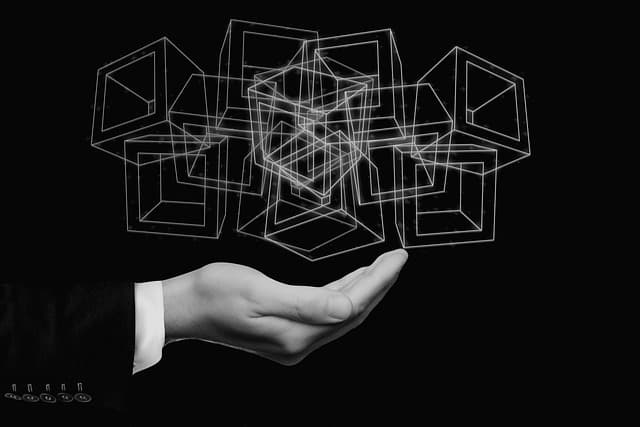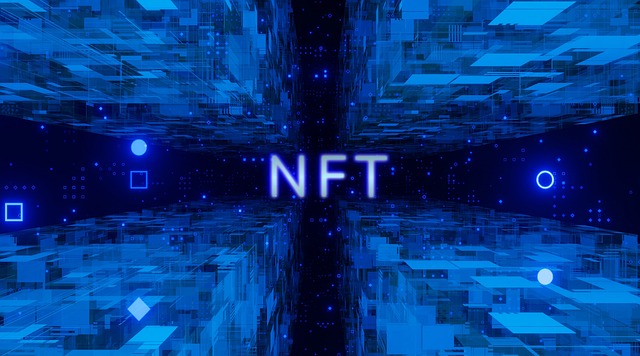Blockchain in Simple Words

Imagine being your own bank. You don’t need permission to access your accounts, and you don’t have to worry about funds being frozen or manipulated. You can send money directly to someone without a bank involved – it takes you seconds instead of days, and you won’t have to pay multiple bank fees.
Think about how many financial transactions you make every day online – from shopping for clothes, to paying for services, to booking tickets and more. Each of these transactions requires a bank, a credit card company, or a payment processing system such as Paypal. Blockchains, on the other hand, allow these transactions to happen without intermediaries and without the added costs and complexity associated with them. And these are just some of the important uses of blockchain technology that are changing the present.
As blockchain continues to evolve and become more user-friendly, it is not unreasonable to study this evolving technology to prepare for the future. If you are new to blockchain, we can help you gain a solid foundation of knowledge. Understanding blockchain algorithms is your investment in the future.
What is blockchain?
Think of blockchain as a new digital form of record keeping.
Blockchain is the underlying technology on which many cryptocurrencies, such as bitcoin and etherium, operate, but its unique way of securely recording and transmitting information has broader applications beyond cryptocurrency.
At its core, blockchain is a digital ledger that stores data of all types. Blockchain can record information about cryptocurrency transactions and ownership of irreplaceable tokens (NFTs). While any conventional database can store such information, blockchain is unique in that it is decentralized. Instead of a centralized administrator storing it in one place (such as an Excel spreadsheet or a bank database), many identical copies of a blockchain database are stored on multiple computers scattered across the Web. A database usually structures its data in a table, whereas a blockchain, as the name implies, structures its data in chunks (blocks) combined together.
Blockchain is a “blockchain” that accurately captures the essence of the phenomenon. Information blocks are assembled into a sequential chain and protected by cryptographic encryption. Chains of information are not stored on any particular server, but exist simultaneously on all computers connected to the network.
Since blockchain’s introduction in 2009, its popularity has grown steadily. It is expected to disrupt transaction flows and create new business models.





